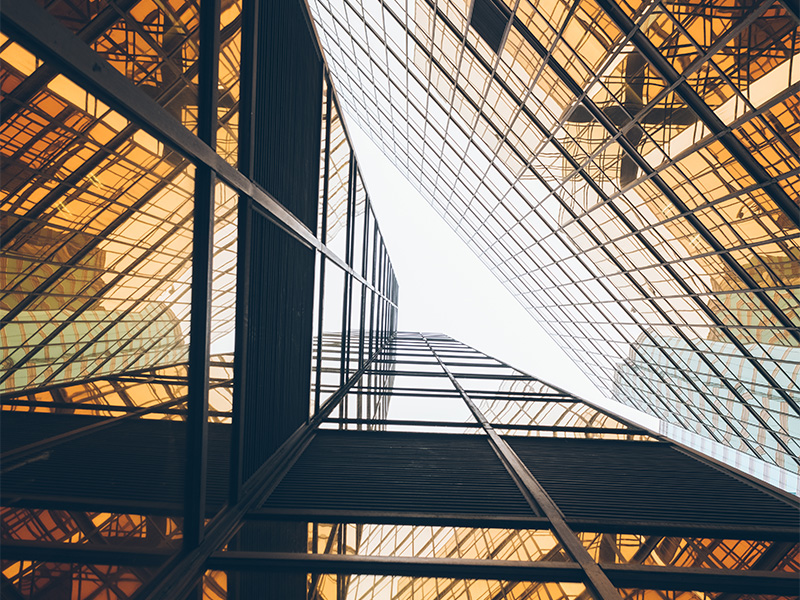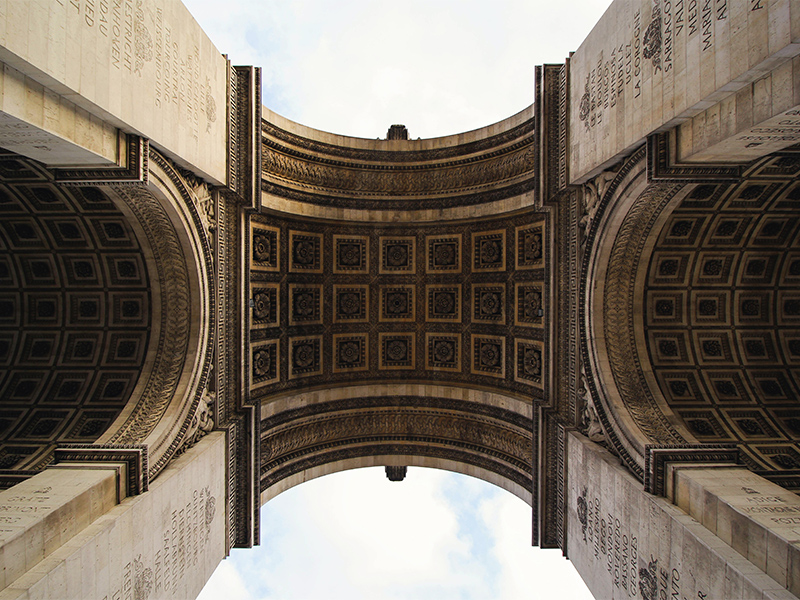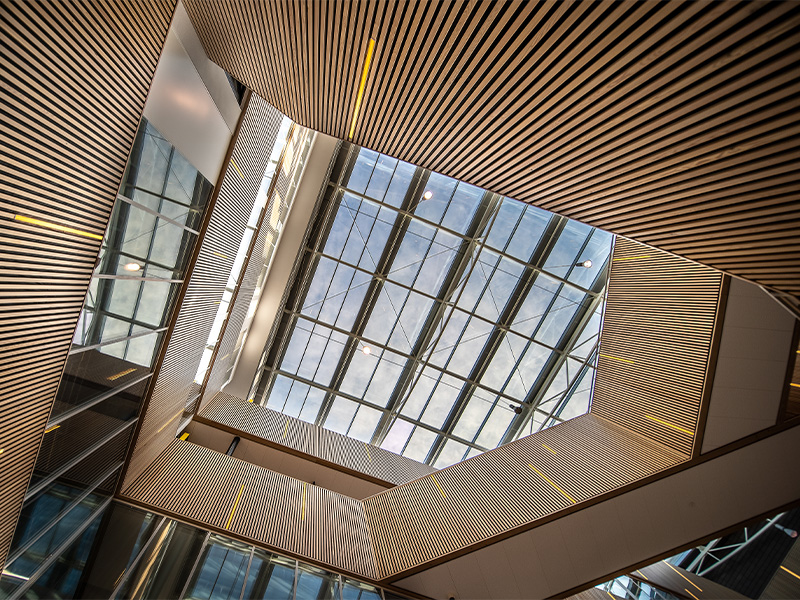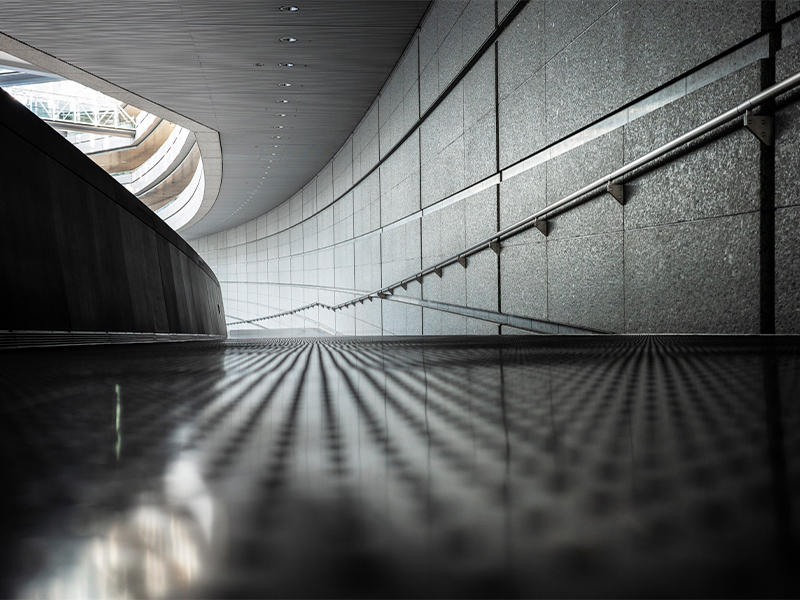Architectural photography, Eloquent Architectural Narratives in Images

Architectural photography is a vital art and specialization in the world of visual storytelling, dedicated to capturing and conveying the beauty, measurements, spaces, and details of architecture. In this realm of photography, the primary goal is to present a beautiful and impactful depiction and composition of architectural designs and structures.
Architectural photography encompasses everything from building designs and intricate details to spaces and various environments. Architectural photographers employ creative lighting, unique perspectives, and the reflection of emotions and design intent to create compelling and influential images.
This type of photography goes beyond merely capturing the external appearance of buildings; it aims to focus on spaces and the relationships between details and structures. The outcome achieved through architectural photography enables the transfer of emotions and the designer’s perspective to the audience.
Ultimately, architectural photography doesn’t just visualize the physical embodiment of buildings; it serves as a window into the viewpoints, ideas, and mindsets of architects. Through captivating visual narratives, it conveys the allure and depth of architecture to the viewers.
If you are looking for exciting ideas for creating advertising photos, be sure to visit the portfolio page of Studio NextShot.
How to Achieve Outstanding Architectural Photography
Creating outstanding architecture photography involves combining technical expertise, imaginative insight, and strategic planning. Here’s a comprehensive guide to achieving remarkable architectural photographs:
-
Research and Site Exploration:
Before embarking on a photography expedition, conduct thorough research into the building’s architectural style and historical context. Prior visits to the location will help you comprehend lighting conditions, optimal angles, and potential compositional arrangements.
-
Select Appropriate Equipment:
Opt for a wide-angle lens to effectively capture expansive structures and interior spaces. A tripod is indispensable for ensuring stability during extended exposures and when employing bracketing for High Dynamic Range (HDR) photography. Tilt-shift lenses can rectify issues of perspective distortion.

-
Account for Lighting Conditions:
Capitalize on the soft, warm illumination during the golden hours of sunrise and sunset to enhance architectural attributes. On overcast days, leverage the even lighting to minimize harsh shadows. For a touch of drama and ambiance, venture into nighttime photography utilizing artificial lighting.
-
Craft Thoughtful Compositions:
Dedicate careful attention to lines, symmetry, and recurring patterns within the architecture. Leverage leading lines to guide the viewer’s gaze. Experiment with various angles to identify the most captivating framing possibilities.
-
Manage Perspective Distortion:
Employ tilt-shift lenses to effectively manage converging lines and distortion, especially when capturing tall structures. In post-processing, software tools such as Adobe Lightroom can assist in rectifying perspective-related challenges.
-
Highlight Intricate Details:
Concentrate on capturing the minutiae that characterize the architecture. Draw attention to textures, materials, and distinctive features that contribute to the building’s distinctiveness.
-
Control Exposure Variations:
Implement bracketing techniques to capture multiple shots with varying exposures, subsequently merging them in post-processing. This approach ensures a balanced representation of highlights and shadows.
-
Experiment with Lighting Effects:
Play with both natural and artificial lighting scenarios. Backlighting can generate a dramatic silhouette effect, while side lighting can accentuate textures and fine details.
-
Leverage Reflective Elements:
Incorporate reflective surfaces such as glass windows and water surfaces to introduce depth and intrigue to your images. Seize the opportunity to capture the structure’s reflection for an unconventional perspective.
-
Optimize Post-Processing:
Enhance your photographs through post-production edits that amplify color vibrancy, contrast, and image sharpness. Software tools like Lightroom or Photoshop enable precise adjustments while maintaining an authentic visual appearance.
-
Convey a Narrative:
Contemplate the story you aim to communicate through your photographs. Select images that spotlight the building’s historical significance, functional purpose, or its integration within its surroundings.
-
Practice and Persistence:
Proficiency emerges with consistent effort. Experiment, learn from experiences, and consistently refine your craft. Maintain patience and tenacity in your journey toward capturing exceptional architectural visuals.
In essence, architectural photography marries technical dexterity with artistic expression. By grasping the fundamentals of composition, lighting dynamics, and perspective considerations, coupled with dedicated practice, you can skillfully capture architecture in a manner that captivates audiences and conveys a compelling visual narrative.

Essential Equipment for Professional Architectural Photography
Architectural photography necessitates specialized equipment for capturing the intricate elements, proportions, and visual appeal of buildings and spaces. Here’s a compilation of essential gear commonly utilized by architectural photographers:
Camera Body: An advanced DSLR or mirrorless camera with manual settings is indispensable. Many opt for full-frame sensors due to their superior performance in low-light conditions and wide dynamic range.
Wide-angle Lens: A lens with a broad field of view, typically within the range of 16-35mm or even wider, enables the capture of extensive indoor areas and expansive structures without distortion.
Tilt-Shift Lens: These specialized lenses provide the capability to control perspective, rectifying converging lines and maintaining vertical alignment, especially when photographing tall structures.
Tripod: A robust tripod is essential for stabilizing the camera, particularly when dealing with extended exposure times or bracketing shots for High Dynamic Range (HDR) photography.
Remote Shutter Release: This accessory minimizes camera shake during exposures, ensuring sharper images, particularly for long exposure shots.
Filters: Polarizing filters diminish glare and reflections, while neutral density filters assist in managing exposure when shooting in bright lighting conditions.
External Flash or Continuous Lighting: Depending on the context, using supplementary lighting can provide even illumination for interior spaces.
Laptop or Tablet: Critical for reviewing and editing images directly at the shooting location.
Bubble Level: A compact spirit level aids in verifying that your camera maintains perfect alignment, thereby preventing skewed perspectives.
Measuring Tools: Instruments such as laser distance meters aid in accurately gauging distances and dimensions.
Post-Processing Software: Software like Adobe Lightroom and Photoshop play a pivotal role in refining and enhancing images during post-production.
Notebook and Pen: Useful for jotting down notes about shooting locations, lighting arrangements, and specific details.
Personal Protective Equipment (PPE): When working in construction sites or restricted zones, safety gear such as helmets and vests may be obligatory.
It’s important to note that the choice of gear depends on personal preferences, individual shooting styles, and the specific focus of architectural photography (interiors, exteriors, urban landscapes, etc.). Investing in top-notch equipment enables the capture of captivating details and distinctive viewpoints that characterize architectural photography.

Navigating Challenges in Architectural Photography
Architectural photography comes with a range of challenges, including managing lighting conditions, correcting perspective distortion, composing visually appealing shots, dealing with cluttered backgrounds, navigating access restrictions, and accounting for weather and seasonal changes. Interior photography presents its own set of difficulties due to limited natural light and tight spaces. Additionally, reflective surfaces can cause unwanted glare. Post-processing plays a crucial role in correcting distortions and enhancing details. Meeting client expectations and delivering on a specific vision is also important. Overcoming these challenges requires a mix of technical skills, creative thinking, and adaptability to capture the essence of architectural beauty.
Embarking on a Path in Architectural Photography as a Profession
Entering the realm of architectural photography involves becoming a skilled photographer specialized in capturing visuals of buildings, constructions, and architectural spaces. This career path necessitates a fusion of adept photographic techniques, imaginative insight, and a grasp of architectural design concepts. Here’s a captivating glimpse into what this pursuit entails:
-
Technical Proficiency:
Excelling in architectural photography requires a firm grasp of the foundational principles of photography, encompassing camera settings, composition, illumination, and techniques for refining images during post-processing. Proficiency in managing diverse lighting scenarios, correcting perspective issues, and effectively utilizing tools like wide-angle and tilt-shift lenses is imperative.
-
Architectural Acumen:
A profound understanding of architectural intricacies and design fundamentals is pivotal. This knowledge aids in highlighting architectural nuances, capturing the artistry of construction, and depicting both the utilitarian and aesthetic aspects of structures.
-
Innovative Vision:
Architectural photography transcends mere documentation; it involves weaving a visual narrative that conveys the ethos and individuality of each edifice. Developing a distinctive artistic style and the knack for encapsulating emotions, atmospheres, and stories within architectural frames can set your work apart.
-
Equipment Mastery:
Equipping yourself with suitable tools is paramount. A high-quality camera equipped with interchangeable lenses, a robust tripod, and potentially specialized equipment such as tilt-shift lenses for perspective control serves as indispensable instruments in the arsenal of an architectural photographer.
-
Site Exploration:
As an architectural photographer, the art of scouting locations becomes an integral part of your skill set. Identifying optimal angles, lighting dynamics, and compositions through careful location reconnaissance is pivotal for achieving outstanding visual outcomes.

-
Post-Processing Expertise:
Mastering post-processing software like Adobe Lightroom and Photoshop empowers you to finesse your captures. You can rectify distortions, heighten particulars, fine-tune color balances, and augment contrasts, culminating in polished results.
-
Networking Prowess:
Establishing connections with architects, designers, and stakeholders in the architectural and construction spheres proves essential. Networking facilitates access to projects, enhances comprehension of design intentions, and ensures your work aligns with their creative visions.
-
Business and Marketing Flair:
Navigating the realm of entrepreneurial photography entails setting pricing structures, drafting contractual agreements, and strategically marketing your offerings. A digital portfolio showcasing your finest architectural imagery serves as a beacon for attracting potential clients and collaborative endeavors.
-
Lifelong Learning:
Both the fields of photography and architecture are dynamic, evolving domains. Adhering to the latest trends, mastering cutting-edge techniques, and staying abreast of emerging equipment are indispensable for maintaining your competitive edge and delivering innovation.
-
Crafting a Captivating Portfolio:
The creation of a robust portfolio showcasing your premier architectural endeavors is pivotal. As your experience burgeons, your portfolio becomes a dynamic showcase spotlighting your expertise, artistic approach, and growth.
Venturing into the realm of architectural photography amalgamates your passion for photography with a fascination for architecture. By refining your technical finesse, nurturing your imaginative capacities, and immersing yourself in the architecture milieu, you can aptly capture and articulate the elegance, functionality, and narratives encapsulated within architectural masterpieces through your lens.
summary of architectural photography
Architectural photography is the artistic practice of photographing buildings, structures, and areas in a way that is visually captivating and immersive. It encompasses the presentation of architectural designs, intricacies, and visual attributes through pictures. This particular genre of photography demands a deep comprehension of illumination, arrangement, viewpoint, and methods for refining images after capturing, all to adeptly communicate the core, purpose, and aesthetic appeal of architectural achievements. Whether concentrating on external appearances, internal spaces, urban panoramas, or historical edifices, architectural photography strives to seize the exceptional traits, sentiments, and stories linked to each architectural subject.
Comments are closed.


